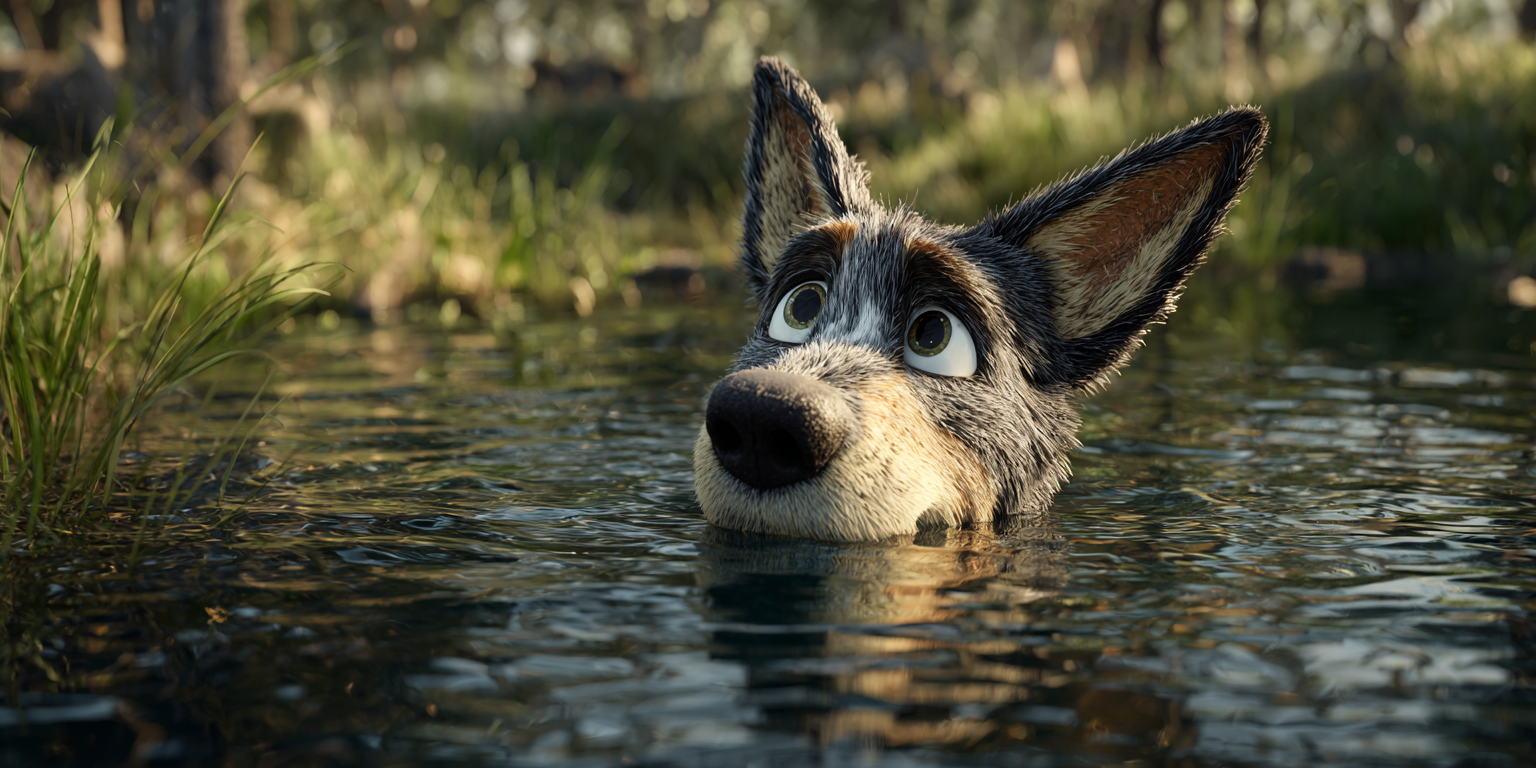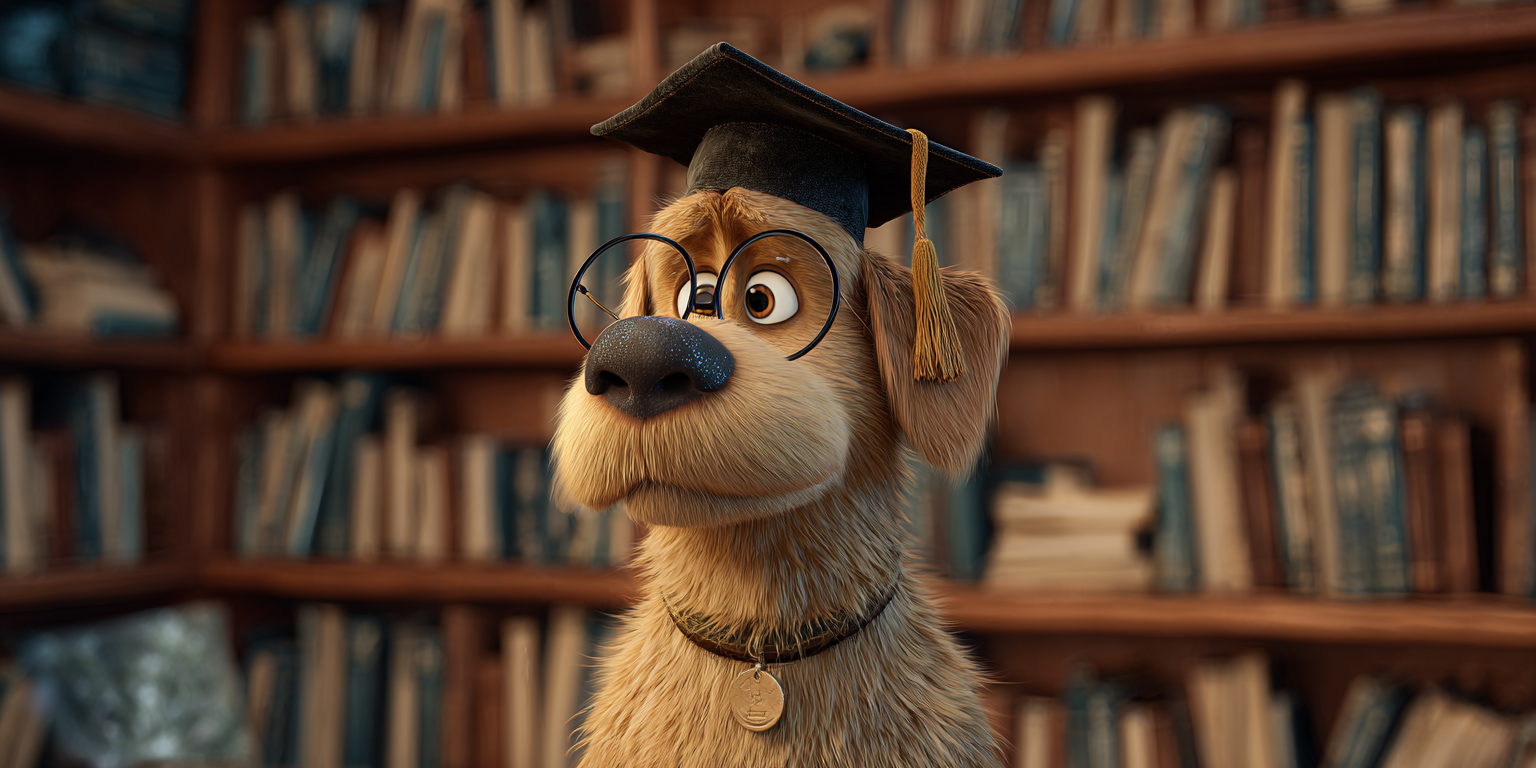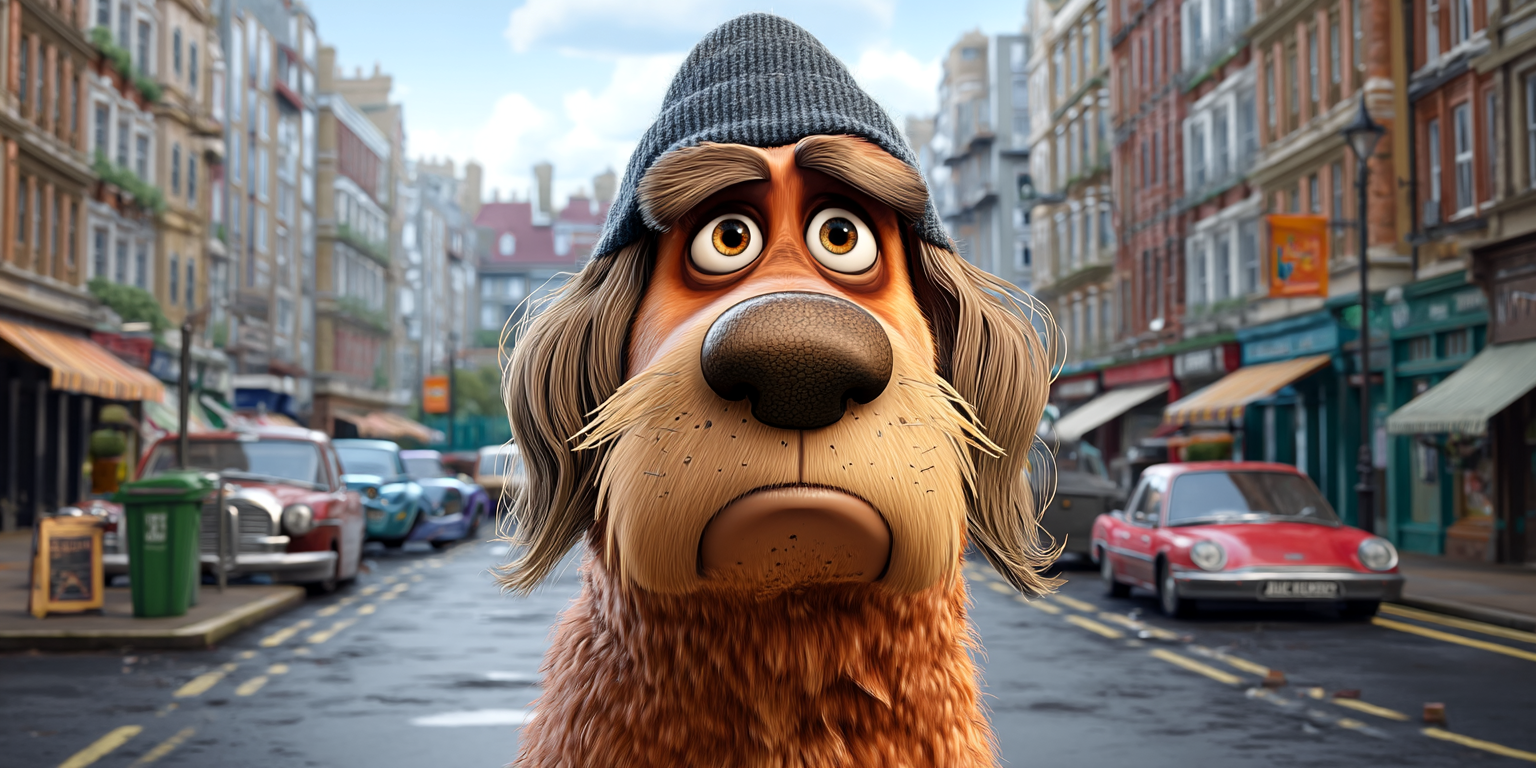Pug Breed Guide
Pug Breed Guide – The Charming and Comical Companion

Pugs are one of the world’s most beloved dog breeds, famous for their squishy faces, curly tails, and big personalities.
These small but sturdy dogs have captured the hearts of owners for centuries with their affectionate nature and mischievous charm.
If you’re considering welcoming a Pug into your home, this breed guide will cover everything you need to know about their history, traits, care needs, and suitability as a family pet.
Breed History & Personality Traits
The Pug has a long and fascinating history that dates back more than 2,000 years.
Originating in China, Pugs were cherished by Chinese emperors and lived luxurious lives as royal lapdogs. They eventually made their way to Europe, where they became favourites of royalty and nobility, including Queen Victoria of England.
Personality-wise, Pugs are:
- Affectionate and loving – They thrive on human companionship and are happiest when by your side.
- Playful and comical – Pugs have a clown-like sense of humour and often entertain their families with silly antics.
- Adaptable – Whether you live in a city apartment or a suburban house, Pugs can adjust to various living situations.
Grumpy Old Max says: “Pugs were bred to be royal companions. So, if yours hogs the couch and looks at you like you’re the servant, don’t be surprised. It’s in their DNA.”
Exercise, Grooming & Training Needs
Exercise Requirements
Pugs are not overly energetic, but they do need regular exercise to maintain a healthy weight. A couple of short walks and some indoor play each day are usually enough. Because of their flat faces, they can struggle with breathing in hot weather, so avoid strenuous exercise in the heat.
Grooming Needs
Despite their short coats, Pugs shed quite a lot. Regular brushing (at least twice a week) helps manage shedding. Pay special attention to cleaning their facial wrinkles to prevent infections.
Training
Pugs are intelligent but can be stubborn. Positive reinforcement with treats and praise works best. Keep training sessions short and fun to hold their attention.
Grumpy Old Max says: “A Pug will learn tricks… but only if there’s a snack involved. No snack? No deal. Don’t say I didn’t warn you.”
Family & Lifestyle Suitability
Pugs are wonderful companions for families, singles, and seniors alike.
They adore children and generally get along well with other pets. Because they crave attention, they’re not ideal for owners who spend long hours away from home.
Best Living Situations for Pugs:
- Apartments: Perfectly suited due to their small size and moderate exercise needs.
- Families with kids: Pugs are patient, playful, and sturdy enough for gentle play.
- Older adults: Their calm and affectionate nature makes them great companions for retirees.
However, Pugs can be prone to separation anxiety. If left alone too long, they might bark, whine, or engage in mischief.
Grumpy Old Max says: “Pugs are stage-five clingers. If you want privacy, forget it. Bathroom trips? They’re coming too.”
Common Health Considerations
Because of their unique physical features, Pugs are prone to certain health problems.
Prospective owners should be aware of these concerns:
- Brachycephalic Syndrome – Their flat faces can cause breathing difficulties, especially in hot or humid weather.
- Obesity – Pugs love food and can easily gain weight, which worsens other health issues.
- Eye Problems – Their prominent eyes are vulnerable to injuries and infections.
- Skin Fold Infections – Their facial wrinkles must be cleaned regularly to prevent irritation.
- Joint Issues – Pugs can develop hip dysplasia and luxating patellas.
Routine vet check-ups and a healthy diet are essential to keep a Pug happy and healthy.
Grumpy Old Max says: “If you own a Pug, get used to hearing the snorts, wheezes, and snores. It’s like living with a tiny, flat-faced pig… but cuter.”
Max’s No-Nonsense Advice: Real Tips from Our Resident Grumpy Dog
- Don’t Overfeed Them! “Pugs act like they’re starving, but trust me – they’re just con artists with puppy-dog eyes.”
- Keep Them Cool. “Hot days + Pugs = trouble. They’re not built for heat. Keep them inside where it’s cool.”
- Mind Those Wrinkles. “Yes, their wrinkles are cute, but clean them regularly unless you want a stinky-faced dog.”
- Be Ready for a Shadow. “Pugs love you too much. You’ll never be alone again. Get used to it.”
- Expect Snoring. “If you wanted a quiet dog, too bad. These guys snore louder than your uncle after Christmas lunch.”

Additional Fun Facts About Pugs
- Their name has an interesting origin: The term "Pug" was once a nickname for a playful little monkey in the 18th century – fitting for this clownish breed.
- They’re movie stars: Pugs have been featured in films like Men in Black and The Adventures of Milo and Otis.
- Pugs are ancient travelers: Dutch traders brought them from China to Europe, where they quickly became beloved by aristocracy.
Grumpy Old Max says: “Of course Pugs are movie stars. With faces like that, they were born to be famous.”
Is a Pug Right for You?
If you’re looking for a loyal, funny, and loving companion, a Pug could be the perfect match. They thrive on attention, don’t need huge amounts of exercise, and are great for both families and singles. However, they do need consistent care, regular vet visits, and an owner willing to manage their health needs.
Grumpy Old Max says: “Get a Pug if you like snorts, snuggles, and slobber. If you don’t, well, get a goldfish instead.”
Final Thoughts
Pugs are delightful little dogs that bring endless joy and laughter to their families.
They’re affectionate, playful, and charmingly stubborn – qualities that make them one of the most popular breeds worldwide. With proper care and lots of love, your Pug will be your devoted companion for many years.
Whether you’re charmed by their squishy faces, comical antics, or loyal nature, one thing’s for sure – life with a Pug is never boring.
Grumpy Old Max says: “Get ready for snorts, snuggles, and a whole lot of love. Oh, and dog hair. Everywhere. You’ve been warned.”




